Top 10 best Japanese football players in history: Icons who changed the game
Football has produced countless icons across the globe, each leaving a mark on the sport’s history. In this article, kingsoccertips celebrate the brilliance and impact of best japanese football players have inspired fans worldwide.
How Japan built its football greatness
Japanese football has evolved from quiet beginnings into a powerful presence on the global stage. From the dazzling footwork seen in the J-League to unforgettable World Cup performances, Japan’s stars have left their mark both at home and abroad. These players not only shaped the nation’s football culture but also inspired millions with their discipline, creativity, and unbreakable spirit.
10. Keisuke Honda
The blonde-haired magician who turned free kicks into poetry, Keisuke Honda was the beating heart of Japan’s golden generation. Known for his flair, confidence, and incredible long-range strikes, Honda’s performances in the 2010 and 2014 World Cups made him a global star.
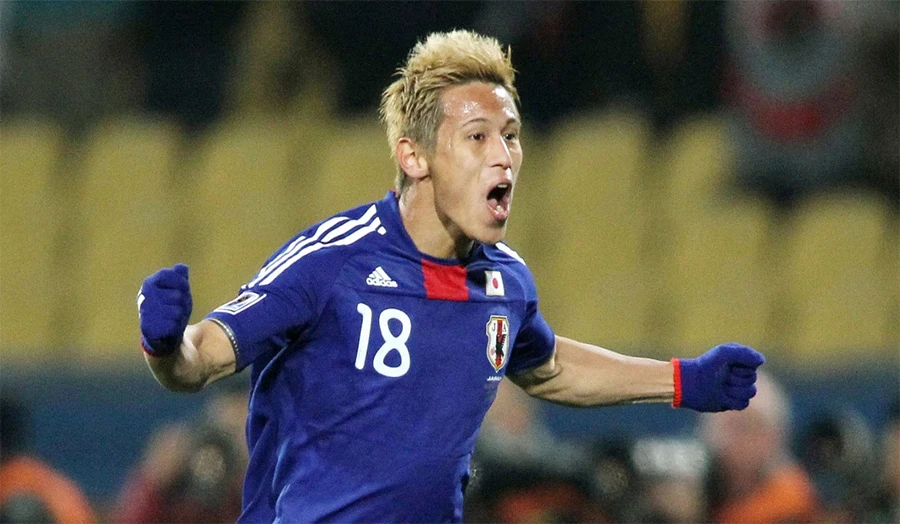
Beyond his technical mastery, Honda carried a leader’s fire – fearless under pressure, driven by ambition, and always ready to shoulder Japan’s hopes on the world stage. His career in Europe, especially with AC Milan, solidified him as one of the country’s all-time greats.
9. Shinji Kagawa
If Honda was fire, Kagawa was elegance. A playmaker blessed with balance, vision, and creativity, he rose to global fame at Borussia Dortmund under Jürgen Klopp, orchestrating attacks like a composer leading a symphony.
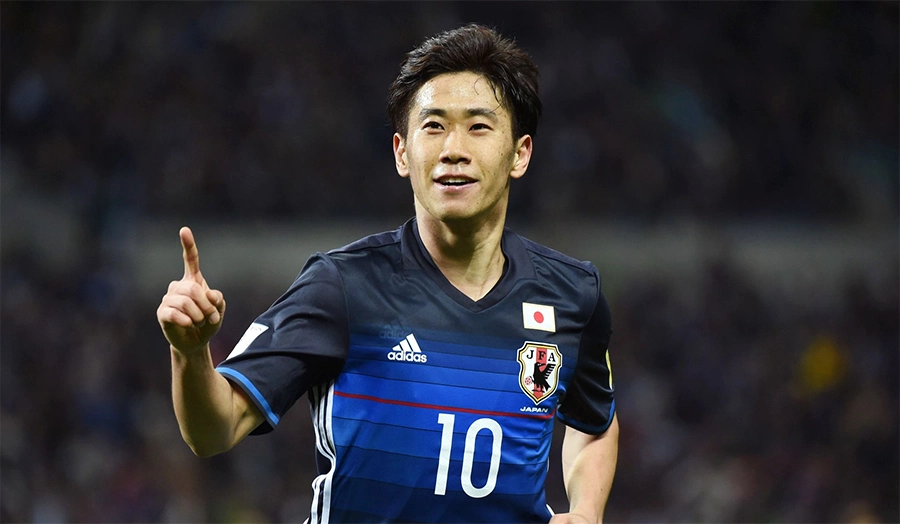
Kagawa’s intelligence on and off the ball brought Japanese football into a new era – one that valued tactical awareness and technical finesse equally. His time in the Premier League with Manchester United only added to his legend, proving Japanese players could thrive anywhere.
8. Hidetoshi Nakata
A pioneer, a trendsetter, a global icon – Hidetoshi Nakata was more than a footballer; he was Japan’s first true superstar in Europe. His intelligence, elegance, and versatility helped him shine in Serie A during the late 1990s and early 2000s.
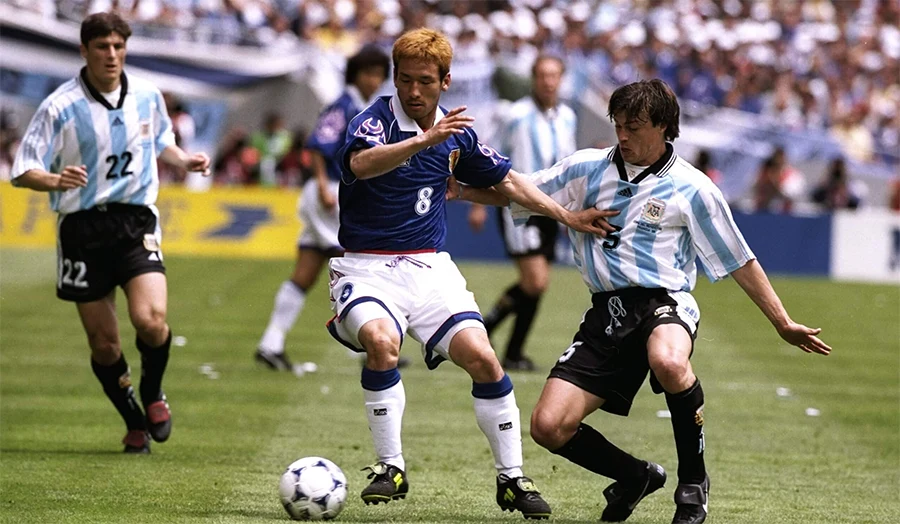
Off the pitch, Nakata became a cultural ambassador, symbolizing Japan’s modernity and global influence. But on the field, he was fierce, technical, and disciplined – a complete midfielder who inspired a generation to dream bigger.
7. Yasuhito Endo
Calm, composed, and endlessly consistent – Yasuhito Endo’s control of the midfield defined Japanese domestic football for nearly two decades. His passing accuracy and football IQ made him the ultimate conductor for both Gamba Osaka and the national team.
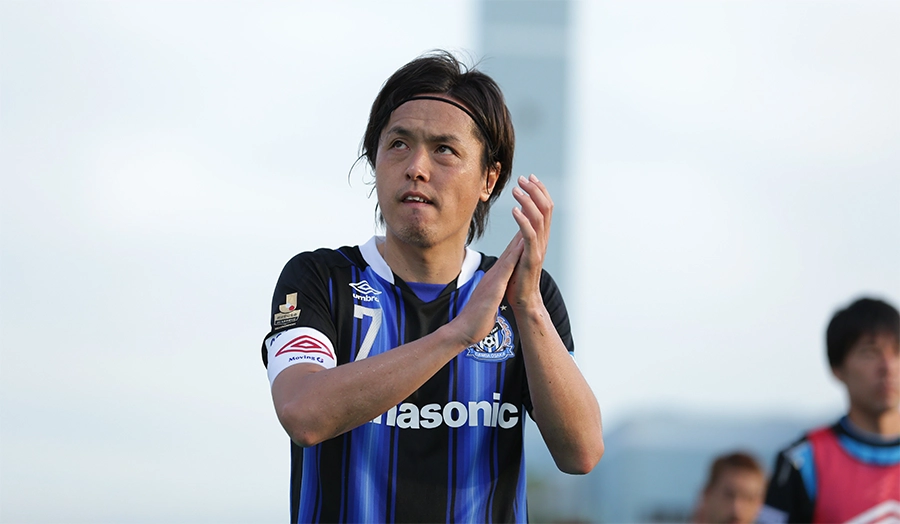
Endo may not have chased European fame, but his influence in Japan is monumental. He proved that greatness isn’t just measured by fame abroad, but by how deeply one impacts the local game.
6. Makoto Hasebe
The quiet warrior. As Japan’s captain for years, Hasebe’s leadership was built on humility and reliability. Defensively solid and tactically brilliant, he anchored both club and country with grace.
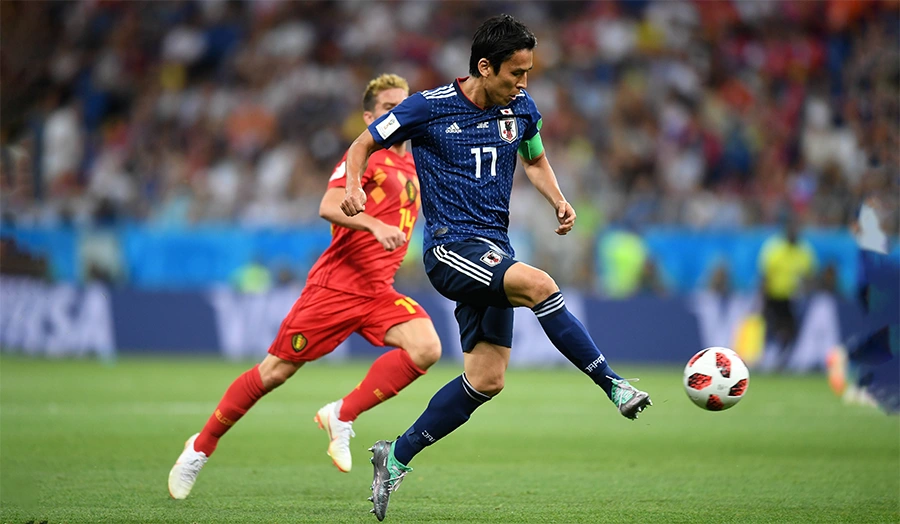
At Eintracht Frankfurt, Hasebe became a Bundesliga legend, celebrated for his longevity and intelligence. His ability to read the game was almost supernatural – a quality that made him irreplaceable in the Japanese backline.
Smart bets start with data. Explore our latest Japan soccer prediction now.
5. Shunsuke Nakamura
A left foot touched by divinity. Shunsuke Nakamura’s free kicks were nothing short of cinematic moments – curling, floating, and dipping into the net as if guided by invisible hands.
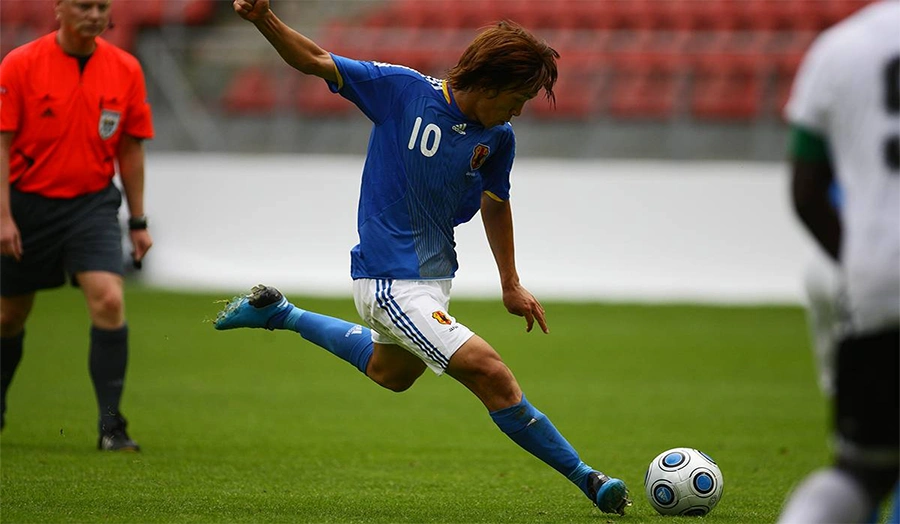
At Celtic, Nakamura became a cult hero, leading the Scottish side to glory and scoring unforgettable goals in the UEFA Champions League. His artistry reminded the world that football, at its heart, is still a beautiful game.
4. Takehiro Tomiyasu
From Fukuoka to the Premier League, Takehiro Tomiyasu’s rise has been a masterclass in modern defending. Tall, composed, and remarkably versatile, Tomiyasu blends European tactical discipline with Japanese precision.
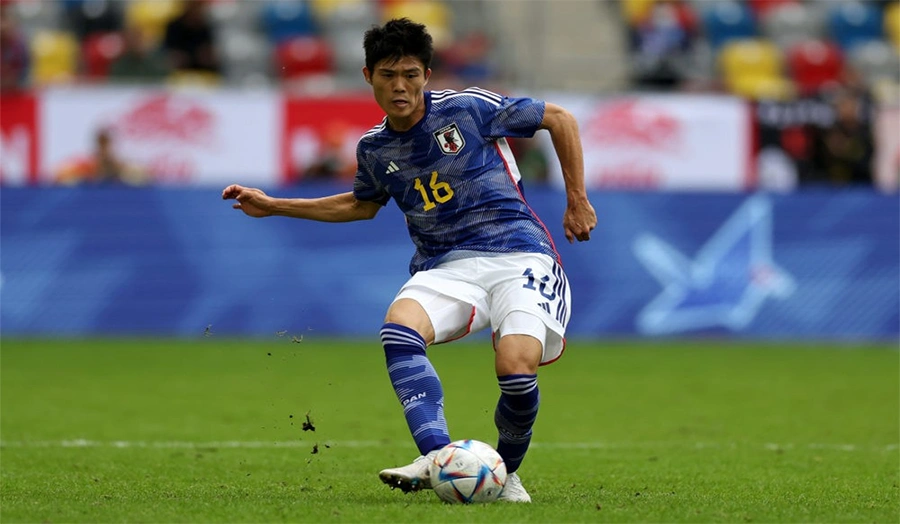
At Arsenal, he’s become one of the Premier League’s most trusted defenders – a player who embodies the next generation of Japanese excellence. Tomiyasu represents the bridge between Japan’s traditional values and its global ambitions.
3. Kaoru Mitoma
Electric, unpredictable, and utterly fearless – Kaoru Mitoma brings chaos to order. His dribbling is almost hypnotic, his acceleration breathtaking, and his football intelligence dazzling.
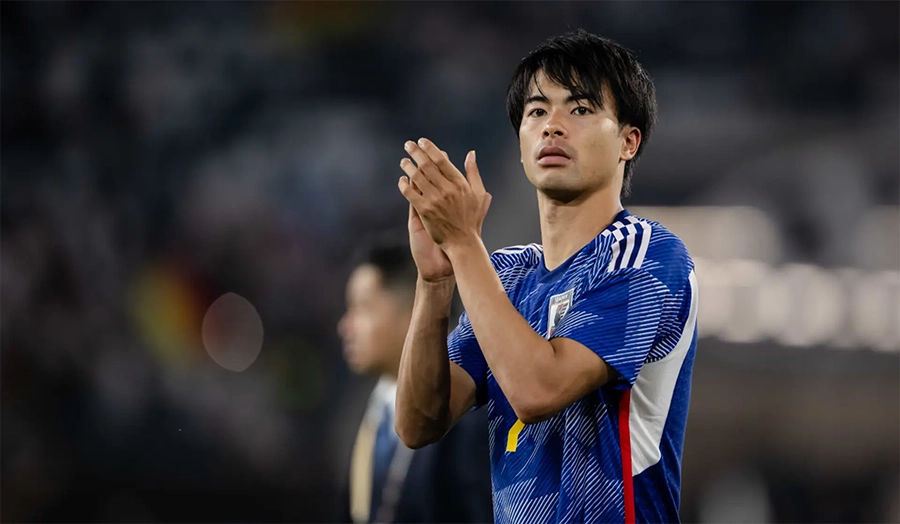
After studying the art of dribbling for his university thesis, Mitoma turned science into art. At Brighton & Hove Albion, he’s proven that Japanese flair can thrive in the world’s most physical league – and he’s only just getting started.
2. Takumi Minamino
From Salzburg to Liverpool, Takumi Minamino carried Japan’s badge with pride and precision. His technical quality and movement off the ball fit perfectly into Klopp’s high-energy football philosophy.
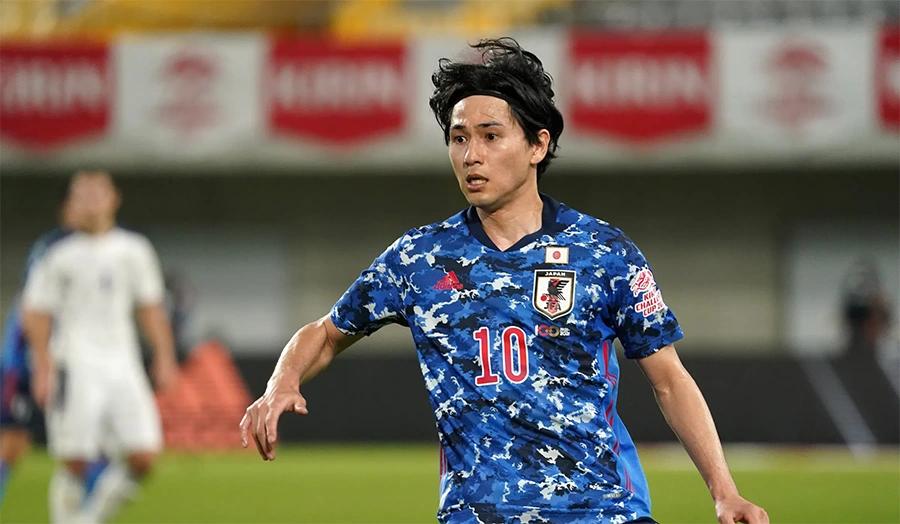
Minamino’s journey isn’t just about trophies – it’s about persistence. Every match he plays whispers of the quiet power and resilience that define the Samurai spirit.
1. Takefusa Kubo
The wonder kid who lived up to the hype. Takefusa Kubo’s story feels like destiny – trained in Barcelona’s La Masia academy, reborn in La Liga, and now Japan’s biggest modern star.
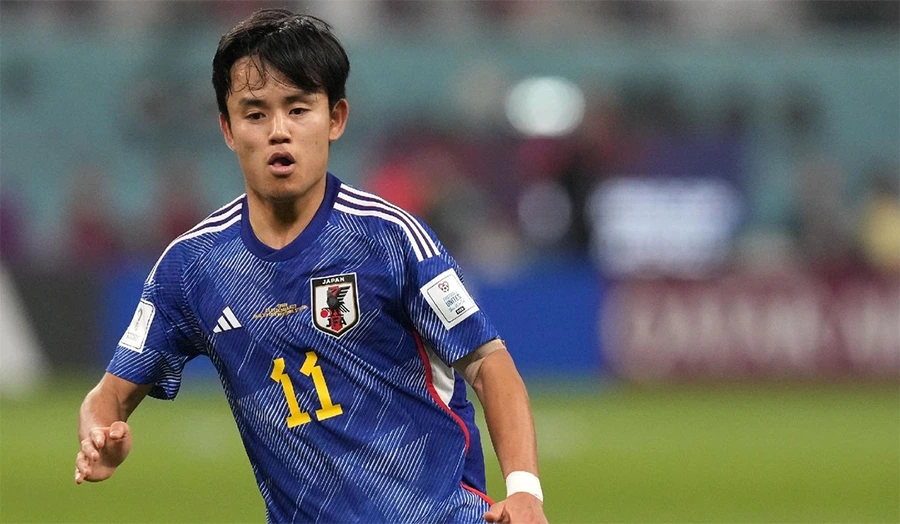
Kubo combines European technique with Asian discipline, making him one of the most promising young players in the world. Whether creating magic for Real Sociedad or dazzling in the national team, Kubo is Japan’s football future wrapped in brilliance.
Conclusion
From Nakata’s elegance to Kubo’s genius, Japan’s football legacy is built on passion, humility, and relentless pursuit of perfection. The Samurai Blue may bow before games, but they always rise as warriors when the whistle blows.
